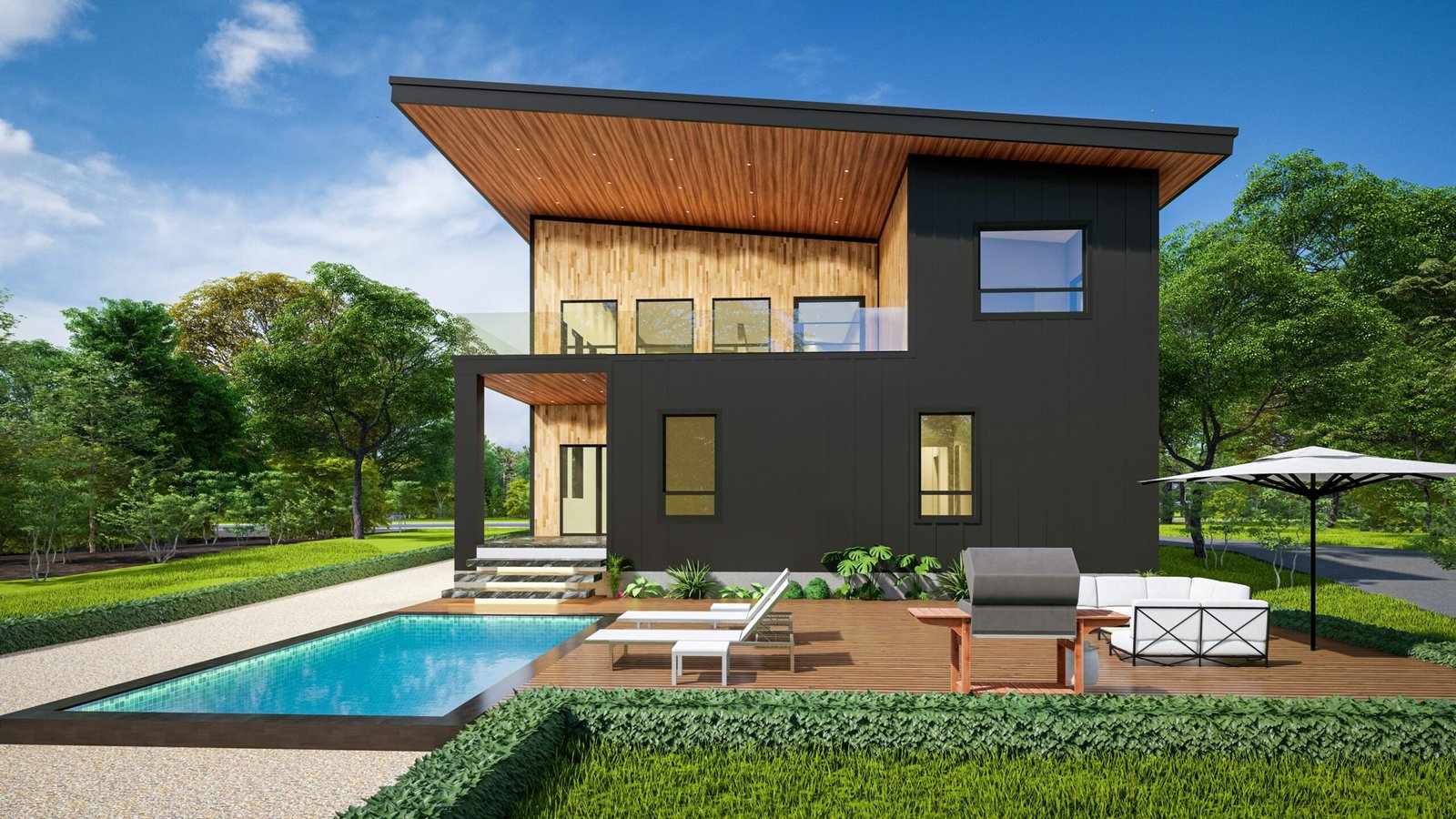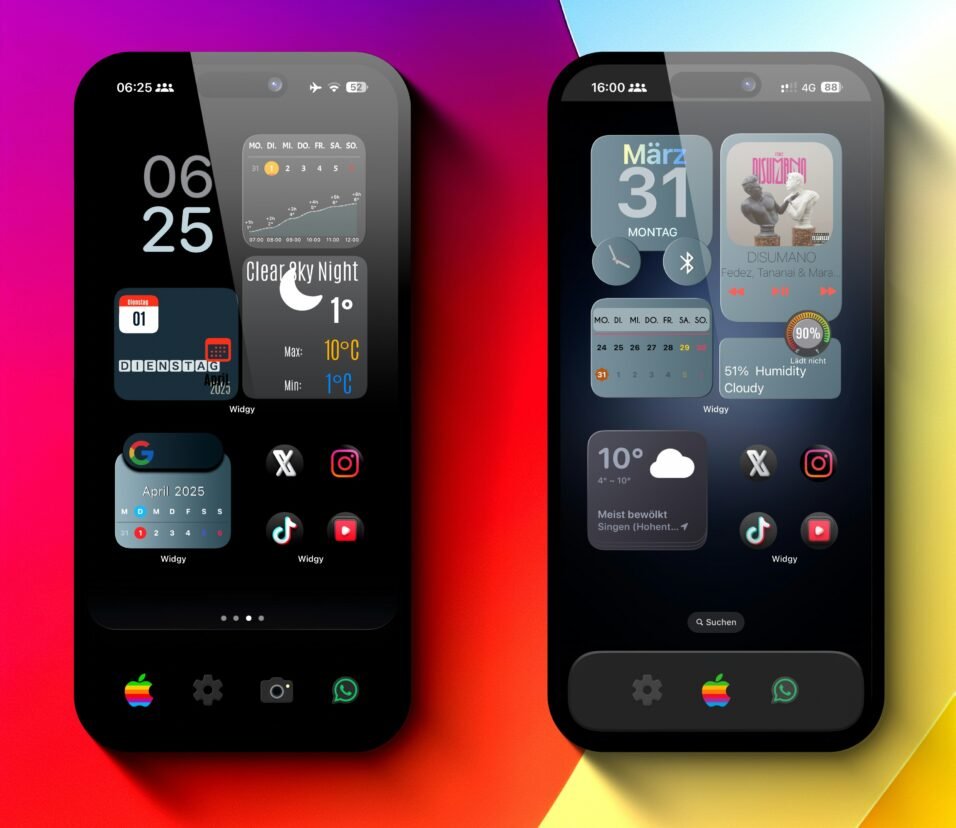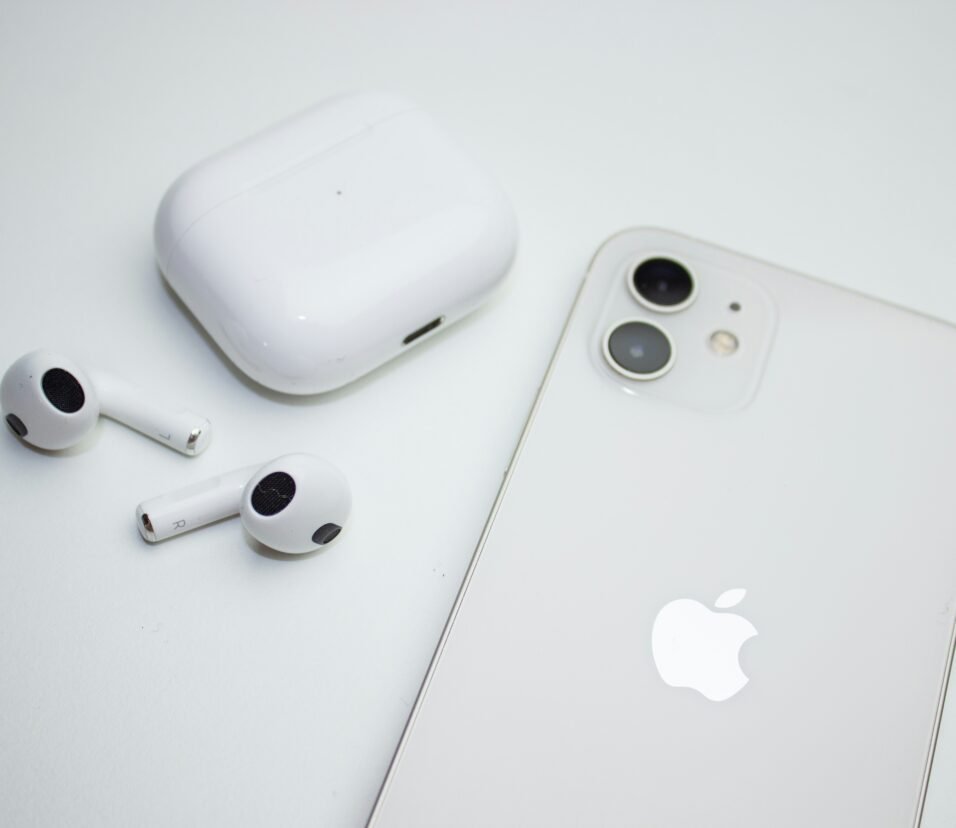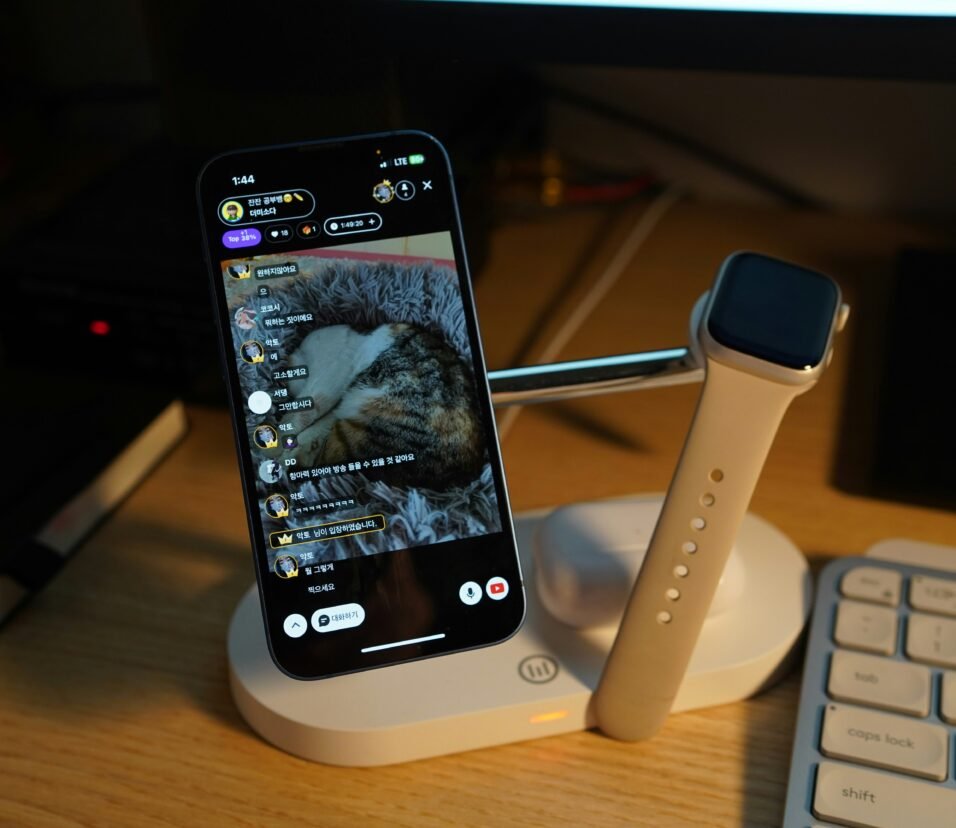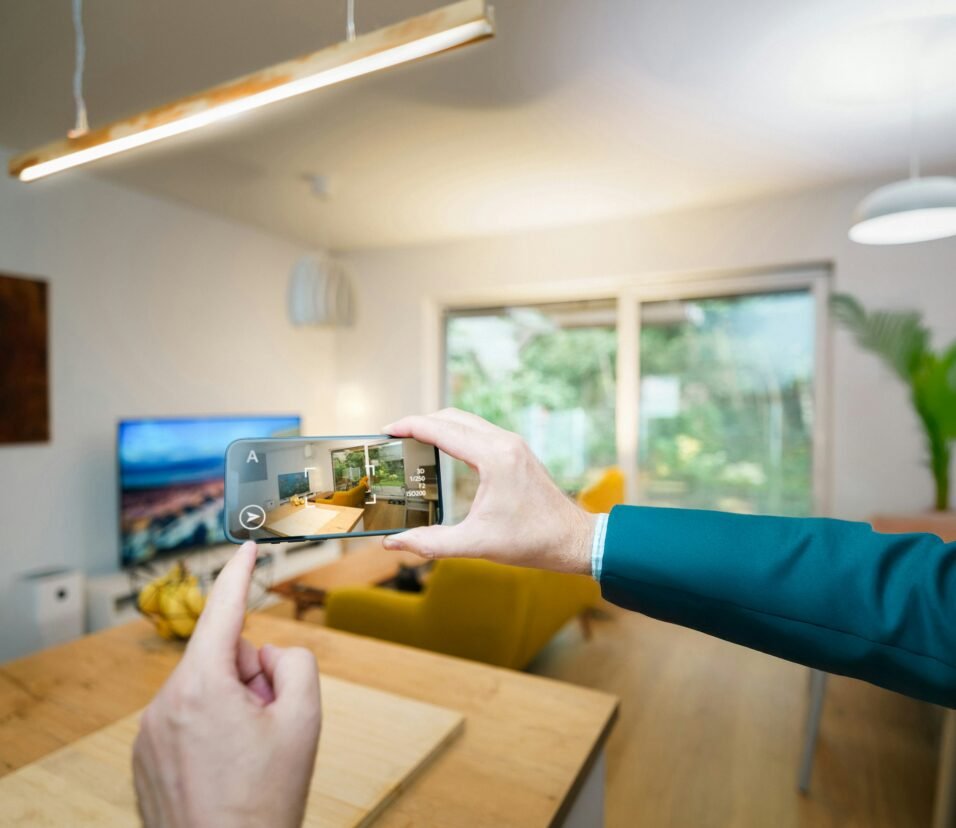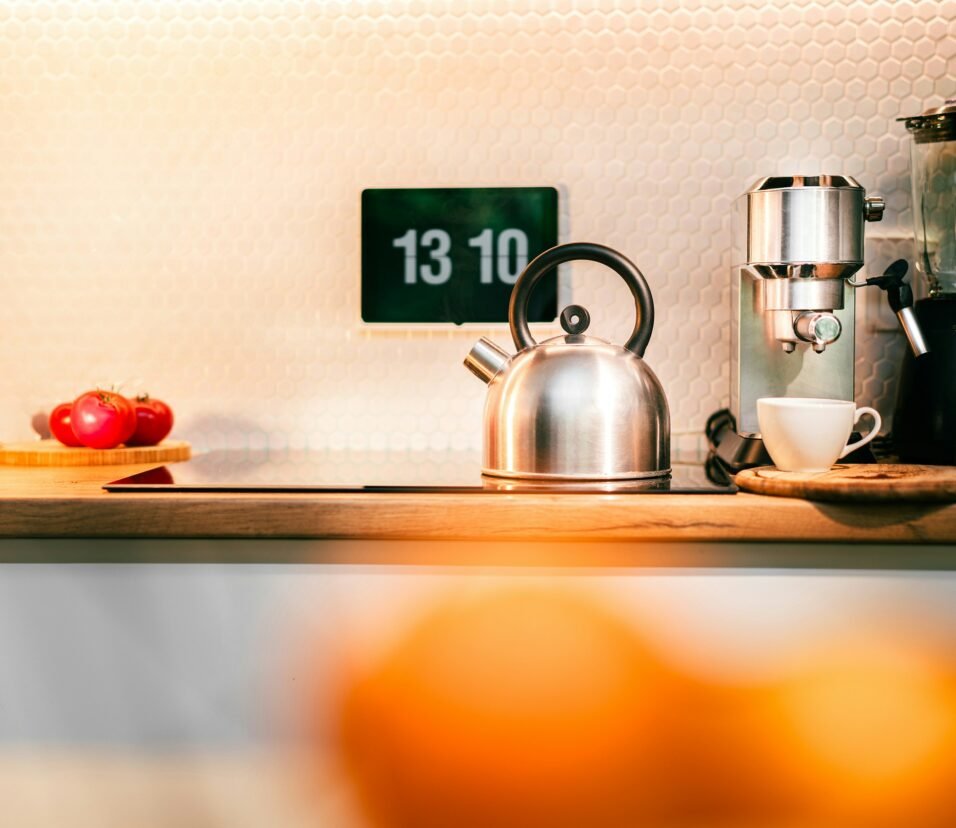How to Build a True Smart Home in 2025—Without Breaking the Bank
Forget the overpriced hype. Today’s smart home tech is affordable, unified, and easier than ever to install—if you know what to buy and how to build it.
👋 Welcome to the Smart Home—Simplified
Gone are the days when a “smart home” meant thousands in rewiring or expensive proprietary systems. In 2025, building a connected home that’s actually smart—not just Wi-Fi-enabled—is more accessible than ever.
Thanks to open standards like Matter, energy-efficient sensors, and AI-powered assistants, your home can now anticipate needs, improve comfort, and lower energy bills without blowing your budget.
🛠️ Step 1: Understand What “Smart” Really Means in 2025
A truly smart home isn’t just about controlling lights with your phone. It’s about automation, context, and seamless integration.
Ask yourself:
- Does this device work without constant tinkering?
- Does it respond to my habits automatically?
- Does it talk to other devices from other brands?
If the answer is yes, that’s a smart home—not just a connected one.
🌐 Step 2: Start with a Solid Foundation — A Matter-Compatible Hub
In 2025, Matter is the gold standard. It’s an open-source protocol backed by Apple, Google, Amazon, Samsung, and more.
Best Matter Hubs:
| Hub | Price | Works With |
|---|---|---|
| Apple HomePod Mini | ₹9,900 | iOS + Matter |
| Amazon Echo (5th Gen) | ₹7,499 | Alexa + Matter + Thread |
| Google Nest Hub Max | ₹11,999 | Google Home + Matter |
| Samsung SmartThings Station | ₹8,499 | Android + Thread + SmartThings |
💡 Tip: Choose one ecosystem (Google, Apple, or Alexa) to avoid frustration.
💡 Step 3: Affordable Must-Have Smart Gadgets
Let’s break down a practical 2025 setup for under ₹50,000 (approx. $600 USD):
🔆 Smart Lights (₹3,000–₹8,000)
- Brands: Philips Hue, Wipro, Tapo
- Use: Automate mood, daylight syncing, motion activation
Example Setup:
- 2 smart bulbs for bedroom & living room
- 1 smart LED strip behind TV
🛠 Budget Tip: Use motion sensors (₹1,200–₹1,500) to automate lighting—no app needed.
🔒 Smart Locks & Sensors (₹8,000–₹15,000)
- Brands: Yale, Godrej, Aqara, Level
- Use: Auto-unlock with phone proximity, remote lock status, guest access
Pro Tip: Add a contact sensor to detect door/window openings and trigger routines.
🌬️ Smart Plugs (₹1,200–₹2,000 each)
Use them for:
- Turning on coffee machines
- Scheduling geysers
- Remotely cutting off vampire power usage
✅ Compatible with Matter, energy monitoring included.
📷 Smart Cameras & Doorbells (₹5,000–₹10,000)
- Brands: TP-Link Tapo, Eufy, Google Nest, Qubo
- Features: Motion alerts, facial recognition, package detection
💡 Look for local storage to avoid monthly cloud fees.
🔈 Smart Speakers/Displays (₹4,999–₹10,000)
Use them as:
- Home hubs
- Intercoms
- Ambient info displays (weather, routines, alerts)
Examples:
- Echo Show 5 for bedside
- Nest Hub 2nd Gen in the kitchen
🧠 Smart Thermostats & Air Purifiers (₹7,000–₹15,000)
- Auto-adjust temperature based on usage
- Detect air quality and turn on fans/purifiers
Some can even learn your preferences over time, like Nest Learning Thermostat or Sensibo Sky for ACs.
🤖 Step 4: Automate Like a Pro (No Coding Required)
Here’s where the real magic happens.
Sample Automations (via Google Home / Apple Shortcuts / Alexa Routines):
| Trigger | Action |
|---|---|
| Motion detected in hallway after 10 PM | Turn on soft amber light at 10% |
| Door opens + no one is home | Send alert + turn on front camera |
| Sunset | Close curtains + turn on warm lighting |
| Wake-up time | Brew coffee, raise blinds, read news aloud |
| “Goodnight” voice command | Lock doors, arm camera, dim lights, set alarm |
🧩 Step 5: Add AI for Personalization
Phones and assistants now use on-device AI to make your routines smarter.
- Google Assistant (with Bard/Gemini) can suggest routines
- Apple Intelligence (on iPhone/iPad) learns your behavior for HomeKit
- Alexa now supports custom routines via natural language, no setup needed
⚡ Bonus: Cut Your Power Bill with Smart Energy Monitoring
Devices like Wiser Energy Monitor or Shelly EM let you:
- Track energy consumption in real-time
- Identify power-hungry devices
- Schedule appliances to run during off-peak hours
🏆 Users report up to 15% lower electricity bills with consistent use.
💸 Total Cost Breakdown (Basic Setup)
| Category | Estimated Cost |
|---|---|
| Matter-Compatible Hub | ₹7,000–₹10,000 |
| Lights & Sensors | ₹5,000–₹8,000 |
| Smart Plugs (x3) | ₹4,500–₹6,000 |
| Door Lock + Contact Sensor | ₹8,000–₹12,000 |
| Smart Speaker / Display | ₹5,000–₹9,000 |
| Camera/Doorbell | ₹6,000–₹9,000 |
➡️ Total: ₹35,000–₹50,000 ($450–$600 USD)
Plenty of flexibility depending on your space and brand choices.
🚫 Common Mistakes to Avoid
- ❌ Mixing incompatible ecosystems
- ❌ Buying everything at once (start small!)
- ❌ Ignoring local storage vs cloud costs
- ❌ Skipping automation setup
- ❌ Prioritizing aesthetics over usability



